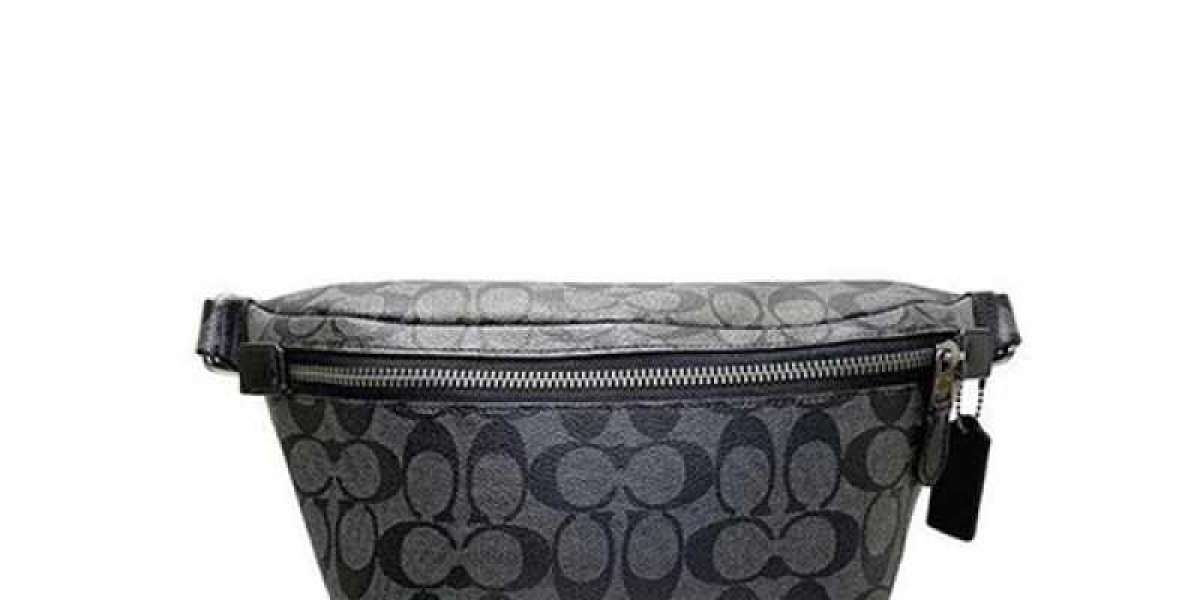Techniques To Fix Shopify Store Core Web Vitals
- Optimize Images:
Large images can slow down your website, affecting its performance. Make sure to use the appropriate image formats, such as JPEGs for photos and PNGs for graphics with fewer colors. Additionally, implement lazy loading so images only load when they come into view as the user scrolls. This reduces the initial load time, making your website faster and more responsive, which positively impacts metrics like Largest Contentful Paint (LCP) and others.
- Use a Fast Theme:
The theme you choose for your Shopify store plays a big role in its speed. Select a lightweight and well-coded theme that doesn't come with unnecessary features that can slow down your website. Avoid themes with heavy animations and large file sizes. A simpler, faster theme ensures quicker load times, improving your First Input Delay (FID) and Cumulative Layout Shift (CLS) scores. Regularly update your theme to benefit from performance improvements and bug fixes.
- Minimize JavaScript:
Too much JavaScript can slow down your website's loading and interaction times. Reduce the amount of JavaScript by removing unnecessary code and deferring non-essential scripts. Minifying JavaScript files can also help by stripping out extra characters and spaces that aren't needed. By minimizing and optimizing JavaScript, you can improve your website's interactivity and speed, leading to better FID and LCP scores.
- Implement Lazy Loading:
Lazy loading means that images and videos only load when they are about to appear on the screen. This prevents the browser from loading all media files at once, speeding up the initial page load. Lazy loading helps reduce the amount of data the browser needs to load initially, which can significantly improve LCP and overall page load speed. This technique is particularly effective for pages with a lot of media content, ensuring a smoother and faster user experience.
- Use a Content Delivery Network (CDN):
When a user visits your website, the CDN delivers content from the server closest to them, speeding up load times. Shopify uses a CDN for its stores, but you can further optimize by ensuring all your media files are delivered via the CDN. Faster content delivery improves LCP and reduces the time it takes for the first page elements to load, providing a better user experience.
- Optimize Fonts:
Custom fonts can slow down your website if not properly optimized. Limit the number of custom fonts and font weights you use. Use modern font formats, which are smaller and load faster. Also, consider using system fonts that don't need to be downloaded. Proper font optimization ensures that text appears quickly, improving LCP and reducing CLS by preventing layout shifts when fonts load. A faster and smoother text rendering enhances the overall user experience.
- Reduce Third-Party Scripts:
Third-party scripts, such as those from ads or social media widgets, can slow down your website. Limit the number of third-party scripts and only use those that are essential for your website. Regularly review and audit these scripts to ensure they are still necessary. Reducing third-party scripts can significantly improve FID and LCP, as these scripts often add extra load time and can delay user interactions. Keeping third-party scripts to a minimum ensures a faster, more responsive website.
- Enable Gzip Compression:
Most modern browsers support Gzip, and enabling it can significantly improve your website's speed. Shopify handles some of this automatically, but ensuring all your files are compressed can help. Smaller file sizes load quicker, improving LCP and FID by reducing the time it takes to download and render page content. Enabling Gzip compression is an easy way to boost your website's performance.
- Prioritize Above-the-Fold Content:
Above-the-fold content is what users see without scrolling. Ensuring this content loads quickly can improve your Core Web Vitals. Use techniques like inline CSS and deferring non-critical JavaScript to prioritize loading above-the-fold content. This makes the initial load faster, improving LCP and providing a better first impression to users. By focusing on the most visible parts of your website, you ensure that users can start interacting with your website quickly.
- Regular Performance Monitoring:
Continuously monitoring your website's performance helps you identify issues and areas for improvement. Use tools like Google PageSpeed Insights, GTmetrix, and Pingdom to get detailed insights into what's slowing down your website. These tools offer specific recommendations on how to improve your Core Web Vitals. Regular checks help you stay on top of any issues, ensuring your website remains fast and user-friendly. By keeping an eye on performance, you can make informed adjustments to maintain optimal speed and user experience.
Conclusion
To ensure your Shopify store maintains optimal performance and meets the core web vitals Shopify standards, consider using tools like Website Speedy; it prioritizes identifying and fixing issues that affect your website's speed and user experience, such as image optimization, JavaScript minification, and more.
By regularly monitoring and improving your website's performance, you can provide a seamless browsing experience for your visitors, boost your search engine rankings, and ultimately increase sales and customer satisfaction.







